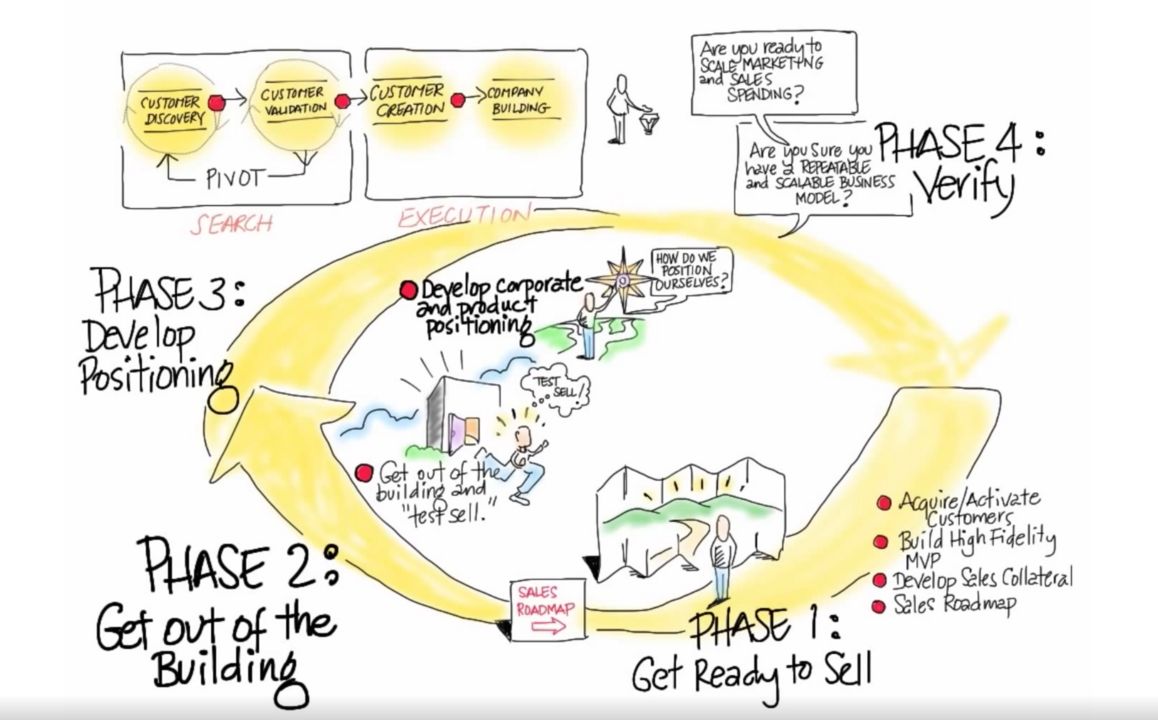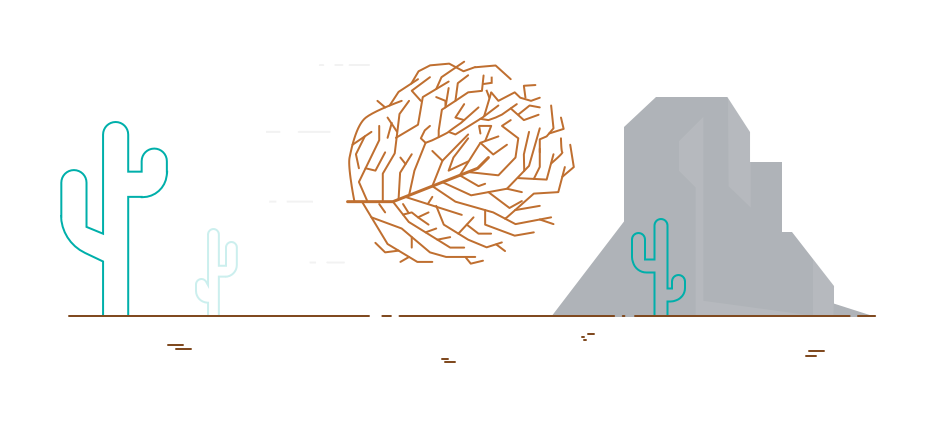Updates on alugha - Cycle February 2023 to April 2023
It used to be sprints, now it's cycles. Not only the name has changed, but also the intervals. alugha is growing up!
Sell your product, listen to what your customers have to say, develop your sales and proceed. Those are the four phases of customer validation.

Read this article in: Deutsch, English, Español
Estimated reading time:3minutesThis is the first important phase. You need to get ready to sell your product. Depending on your product (e. g. if it's physical or digital), this includes data sheets, creating user groups, demos and other things. Your product has to be ready to be sold, you should have something that is in demand on the market (even if your customers don't know that yet - e. g. Apple and their iPhone... ). I've always believed in the philosophy of getting out. It isn't unlikely that your app or website is good but far from perfect, or for example that your product is good but lacks some features which is why customers won't accept it yet. At alugha, we always get out with our product very early, but we also communicate this fact.
This isn't even the most decisive phase, but the most exciting one. Try to sell your product, reach out to customers or users. Their feedback will be priceless and will help you enormously with your next decisions. In which direction should your development go? What wasn't well-received? What do the customers like? Do I need to improve or add features to my product?
Phase 3 takes place almost parallel to phase 2. Position yourself in a customer segment, get your feedback, go back to your project board and apply what you learned. Maybe it's not even the missing features. Maybe it's the way you sell your product that doesn't have the right effect. When I started getting out with alugha, I knew exactly what I wanted to explain to my customers. But the reality was that my customers didn't share my opinion on what was relevant or important about my product. I visit trade fairs, talk to my customers and do interviews... I listen to what people have to say and pay attention to their questions. Over time, I adjusted alugha accordingly. Time showed that it was mostly the way I explained my product that didn't convince my customers. So I worked on my presentation skills and optimized my explanation. One way to improve was to ask the people who didn't appreciate alugha, why they didn't. Their answers helped me a lot.
Phase 2 and 3 are important because we tend to spend much money on things like PR, Google Adwords or Facebook, without really knowing what we want to sell and how.
In the last phase you analyze what you've learned so far and start repeating the process. Now you can check if your customers understand what you want to tell them. If you can confirm this, it's time to prepare for online advertising and PR and to calculate your budget.
As with many things in life, timing is important and could determine your success and how much money you need to invest. Make it a matter for the boss because it forges your future and that of your employees.
This article is written by our CEO, Bernd Korz. With his experience as an entrepreneur, he shares his vision about the lessons provided by Steve Blank. Join us every week for a new article on Steve Blank’s lectures.
#alugha
#everyoneslanguage
#multilingual

It used to be sprints, now it's cycles. Not only the name has changed, but also the intervals. alugha is growing up!
E-mails are so small and inconspicuous. Attached files are often hidden behind a nice paper clip. In reality, they are a real junk data virus. However, there is something we could easily do about it.
Everything takes place in your head. Here is a short report on how I was able to determine my actions with my positive week.
Am liebsten sitze ich für mich alleine zu Hause in meinem kleinen Studio und arbeite erst mal an meinen Songideen. So war das natürlich auch wenn meinen aktuellen Song der letzte Woche herausgekommen ist, mit dem Titel "In dieser Zeit".
Dieses Video entführt dich in eine Welt der Stille und Reflexion. Leere Tische und stille Räume symbolisieren Momente des Innehaltens, in denen wir uns selbst verlieren und gleichzeitig wiederfinden. Die zurückzeichnenden Bewegungen in der Luft erinnern an vergangene Zeiten und laden dazu ein, über
In diesem Video präsentiere ich euch meinen neuen Song „Bleib bei mir“, der seit gestern auf Apple Music, Spotify und Aluga verfügbar ist. Es geht um das Gefühl, in der Gegenwart zu bleiben, wenn die Liebe da ist, und genau dort zu sein, wo das Herz hingehört. Ich lade euch herzlich ein, den Song an